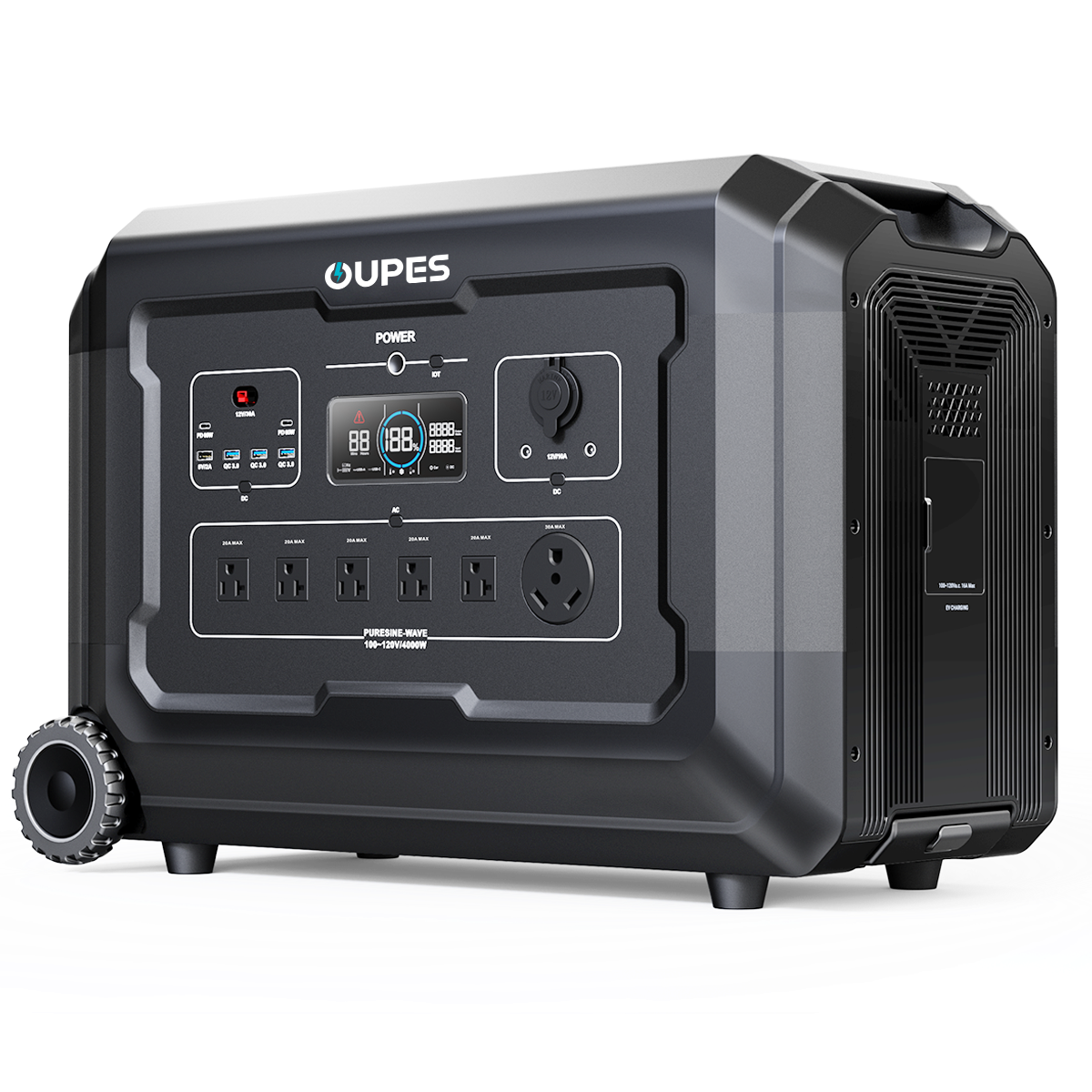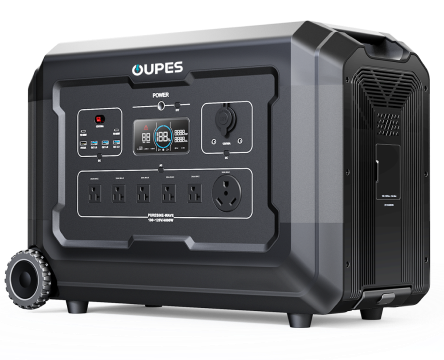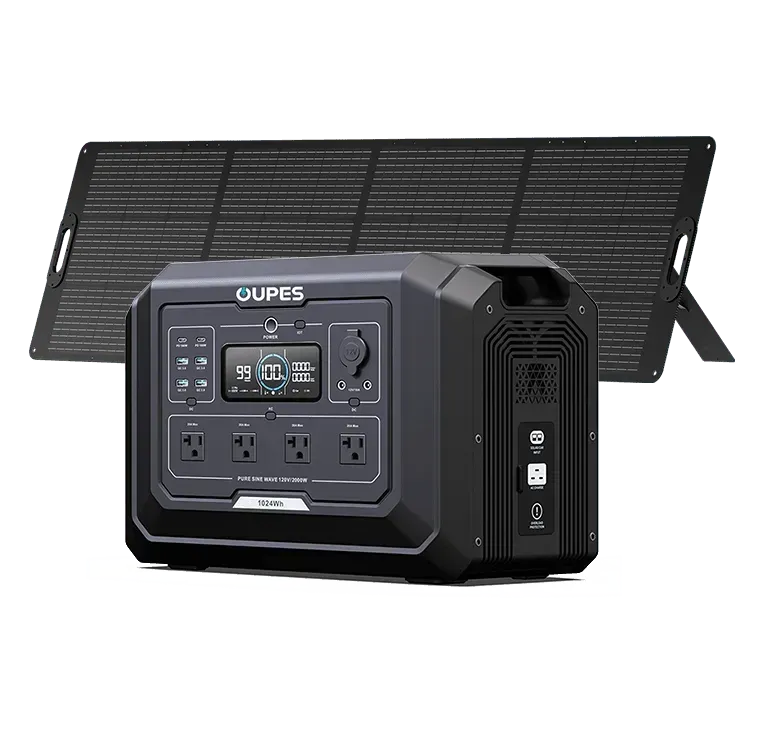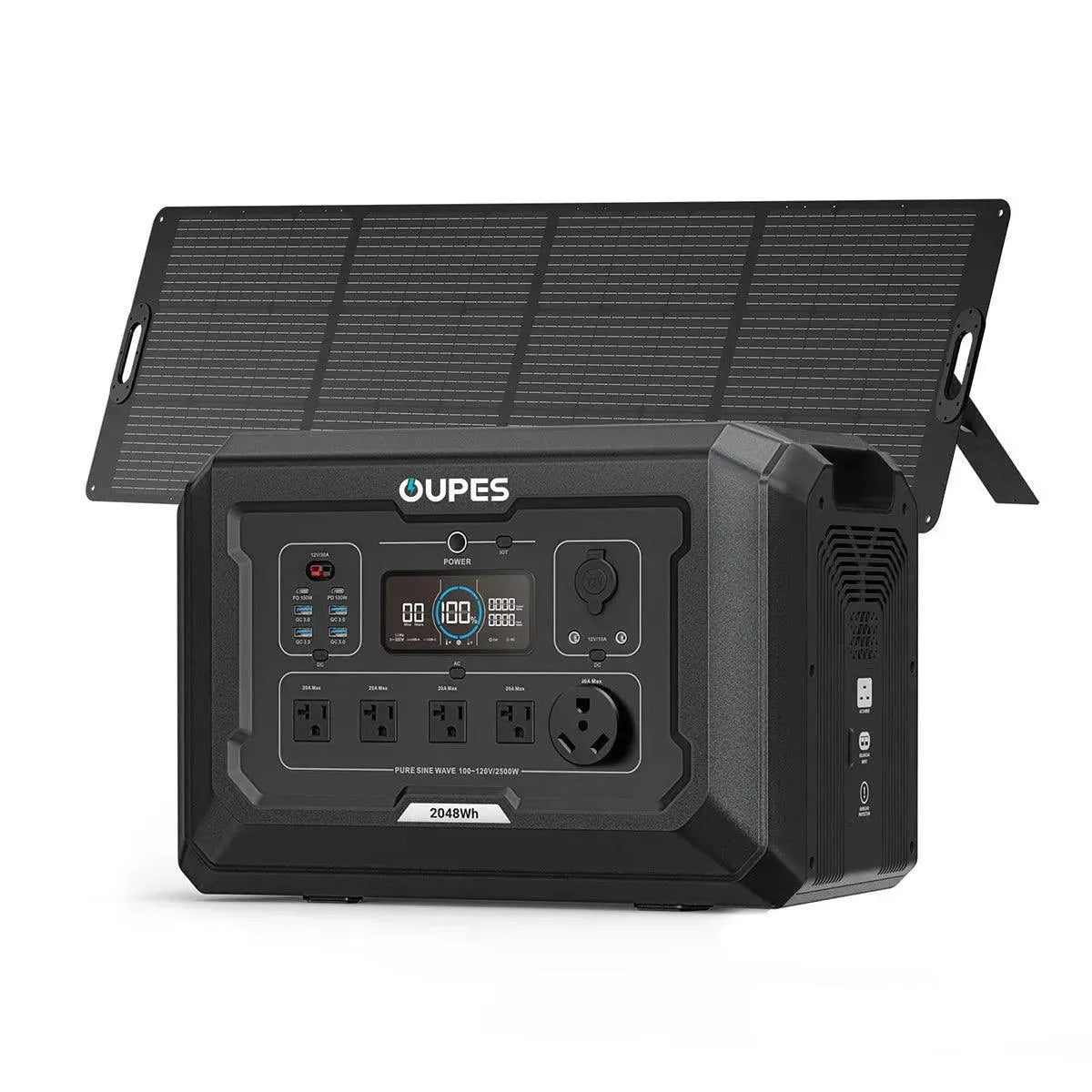
Welcome to this in-depth guide on solar panels for mobile homes! In today's world of increasing energy costs and environmental awareness, mobile home owners are increasingly turning to solar energy as a sustainable and cost-effective solution. Whether you're a seasoned mobile home resident or someone considering purchasing a mobile home, this article will provide you with valuable insights into the world of solar panels. From installation considerations to cost analysis, we'll explore everything you need to know.
Solar Panel Installation Considerations for Mobile Homes
Installing solar panels on a mobile home involves several unique considerations compared to traditional homes. First, the structural characteristics of mobile homes must be taken into account. Mobile homes are typically lightweight structures, and the roof may not have the same load-bearing capacity as traditional houses. Before installing solar panels, it's essential to assess the roof's structural integrity to ensure it can support the additional weight of the panels. If the roof is in poor condition or lacks sufficient load-bearing capacity, reinforcement may be necessary.
Roof orientation and angle are also critical factors. Solar panels perform best when they receive maximum sunlight exposure. Ideally, the roof should face south (in the Northern Hemisphere) or north (in the Southern Hemisphere) to maximize sunlight capture. The angle of the roof also affects the efficiency of solar panels. Mobile home roofs are usually relatively flat, which may not be optimal for solar panel performance. In such cases, adjustable mounting systems can be used to position the panels at the ideal angle for better sunlight absorption.
Weather conditions are another important consideration. Mobile homes are often located in areas prone to harsh weather conditions such as strong winds, hail, or heavy snow. Solar panels must be installed securely to withstand these conditions. Additionally, extreme temperatures can affect the performance and lifespan of solar panels. It's crucial to select solar panels suitable for your specific climate conditions and ensure proper ventilation around the panels to prevent overheating.
Access to the electrical grid is also a key factor. If your mobile home is connected to the grid, you may have the option to connect your solar panel system to the grid, allowing you to sell excess electricity back to the utility company. However, this requires compliance with local grid connection regulations and standards. If your mobile home is off-grid, you'll need to invest in battery storage systems to store the electricity generated by the solar panels for use during periods without sunlight.
Finally, it's important to consider local regulations and permits. Different regions have varying regulations regarding solar panel installations on mobile homes. Before proceeding with installation, research local building codes, zoning laws, and obtain the necessary permits to ensure compliance with legal requirements.
Cost Analysis of Solar Panels for Mobile Homes
When considering solar panels for your mobile home, cost is undoubtedly a primary concern. The cost of a solar panel system includes not only the panels themselves but also installation, accessories, and potential maintenance expenses. Let's break down the cost components of a solar panel system for mobile homes.
Solar panels come in various types, each with different price points. The most common types are monocrystalline, polycrystalline, and thin-film panels. Monocrystalline panels are the most expensive but offer the highest efficiency and longest lifespan. Polycrystalline panels are slightly less expensive than monocrystalline panels but have slightly lower efficiency. Thin-film panels are the most affordable but have lower efficiency and may require more space to generate the same amount of electricity. When selecting solar panels, it's important to balance cost and efficiency based on your specific needs.
In addition to the panels themselves, installation costs are another significant expense. Installing solar panels on a mobile home requires specialized knowledge and skills. Professional installation services typically charge based on the size and complexity of the system. Factors such as roof accessibility, system design, and installation time can all impact installation costs. To save costs, some mobile home owners may choose to install the panels themselves. However, this requires a certain level of technical expertise and carries certain risks. If improperly installed, the panels may not function optimally or could even pose safety hazards.
Battery storage systems are also a considerable expense for off-grid mobile home solar panel systems. Batteries store the electricity generated by solar panels for use during nighttime or cloudy days. The capacity and type of battery directly affect the system's cost. Lithium-ion batteries are currently the most popular choice due to their high energy density, long lifespan, and low maintenance requirements. However, they are relatively expensive compared to traditional lead-acid batteries. When selecting a battery storage system, it's essential to consider your electricity usage patterns and choose a battery capacity that meets your needs while balancing cost considerations.
Maintenance costs should also be factored into the overall cost analysis. Solar panels generally require minimal maintenance, but regular cleaning and inspection are necessary to ensure optimal performance. Additionally, certain components of the solar panel system, such as inverters, may need replacement over time. While maintenance costs are relatively low in the early years, they should still be considered as part of the long-term cost of the system.
To better understand the cost-effectiveness of solar panels, it's helpful to calculate the payback period. The payback period refers to the time it takes for the savings from using solar panels to offset the initial investment cost. Factors such as local electricity prices, annual sunlight hours, and your electricity usage habits can all influence the payback period. In areas with high electricity prices and abundant sunlight, the payback period may be shorter. Generally, the payback period for a solar panel system on a mobile home ranges from 5 to 10 years. After the payback period, the electricity generated by the solar panels essentially becomes free, providing significant long-term savings.
Maintenance and Optimization Tips for Mobile Home Solar Panel Systems
To ensure the optimal performance and longevity of your solar panel system, proper maintenance and optimization are essential. Regular maintenance can help identify and address potential issues early, while optimization can improve the system's efficiency and output. Here are some practical maintenance and optimization tips for mobile home solar panel systems.
First, regular cleaning of solar panels is necessary. Dust, dirt, leaves, and other debris can accumulate on the panel surface, blocking sunlight and reducing electricity generation efficiency. Ideally, the panels should be cleaned at least once a quarter. In areas with heavy pollution or frequent bird activity, more frequent cleaning may be required. When cleaning, use a soft cloth or sponge with clean water to avoid scratching the panel surface. Avoid using abrasive cleaning agents that could damage the panels.
Second, periodic inspection of the panels and mounting systems is crucial. Check for any damage to the panels, such as cracks or chips, as well as signs of corrosion or wear on the mounting brackets. Tighten any loose screws or bolts to ensure the panels remain securely installed. Additionally, inspect the wiring connections to ensure there are no loose or damaged wires that could affect the system's performance or pose safety risks.
Third, monitor the system's performance regularly. Most solar panel systems come with monitoring software or devices that allow you to track electricity generation and usage in real time. By monitoring the system's performance, you can quickly identify any abnormalities, such as a sudden drop in electricity generation, and take prompt action. Regular performance monitoring can help you understand the system's operating status and optimize its performance based on actual usage patterns.
Fourth, optimize the system's settings based on seasonal changes. As the sun's position and intensity vary with the seasons, adjusting the angle of the solar panels can help maximize sunlight capture. If your system uses adjustable mounting brackets, consider adjusting the panel angle periodically throughout the year to adapt to seasonal changes. Additionally, review the system's settings to ensure they are optimized for your electricity usage patterns during different seasons.
Finally, consider upgrading or expanding the system as needed. Over time, your electricity needs may change, or you may discover opportunities to further improve the system's performance. For example, if you add new electrical appliances to your mobile home, you may need to upgrade the solar panel system to meet the increased electricity demand. Alternatively, technological advancements may lead to more efficient solar panels or battery storage systems entering the market, providing opportunities to upgrade your existing system for better performance and cost-effectiveness.
In summary, solar panels offer mobile home owners a clean, renewable, and cost-effective energy solution. By carefully considering installation factors, conducting thorough cost analysis, and implementing proper maintenance and optimization measures, you can enjoy the benefits of solar energy while reducing long-term electricity costs. Whether you're looking to minimize your environmental footprint or save on energy expenses, solar panels are a worthwhile investment for your mobile home.




























